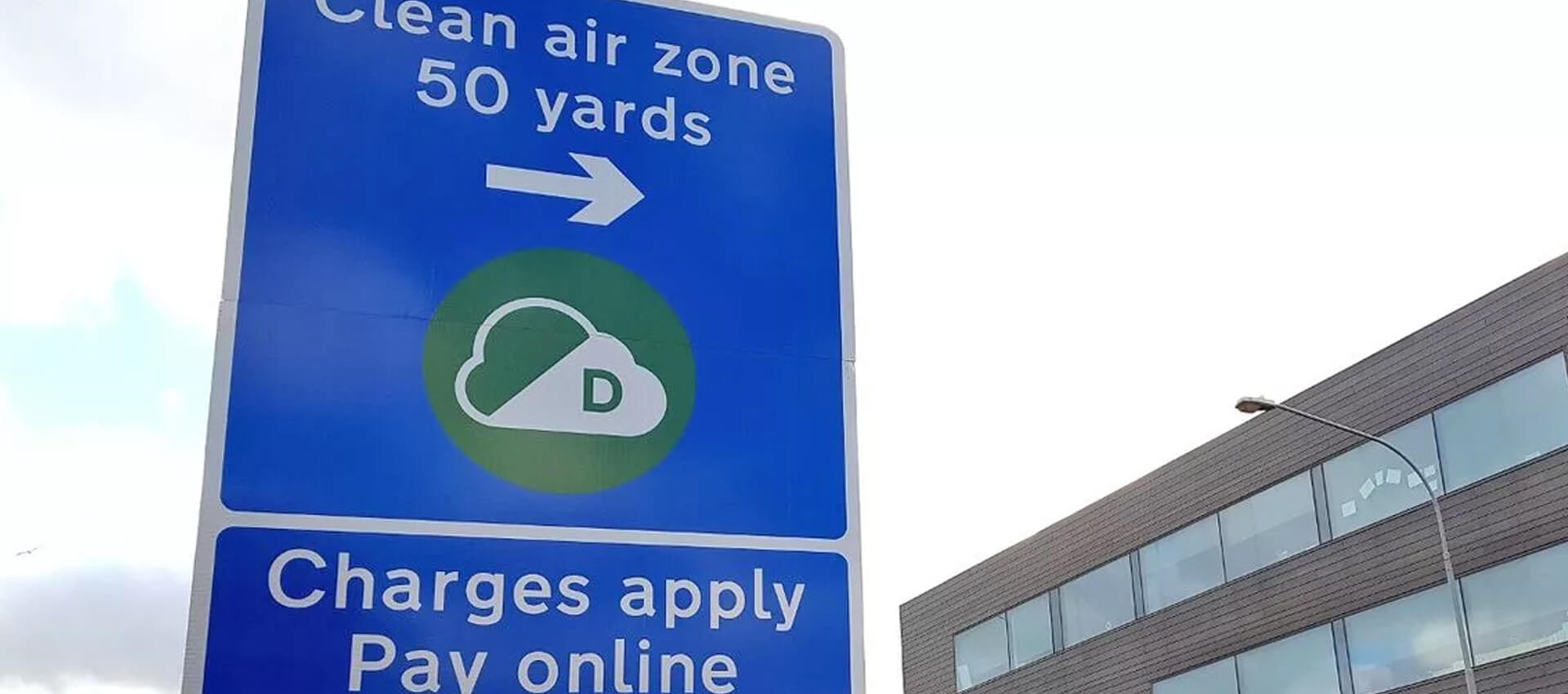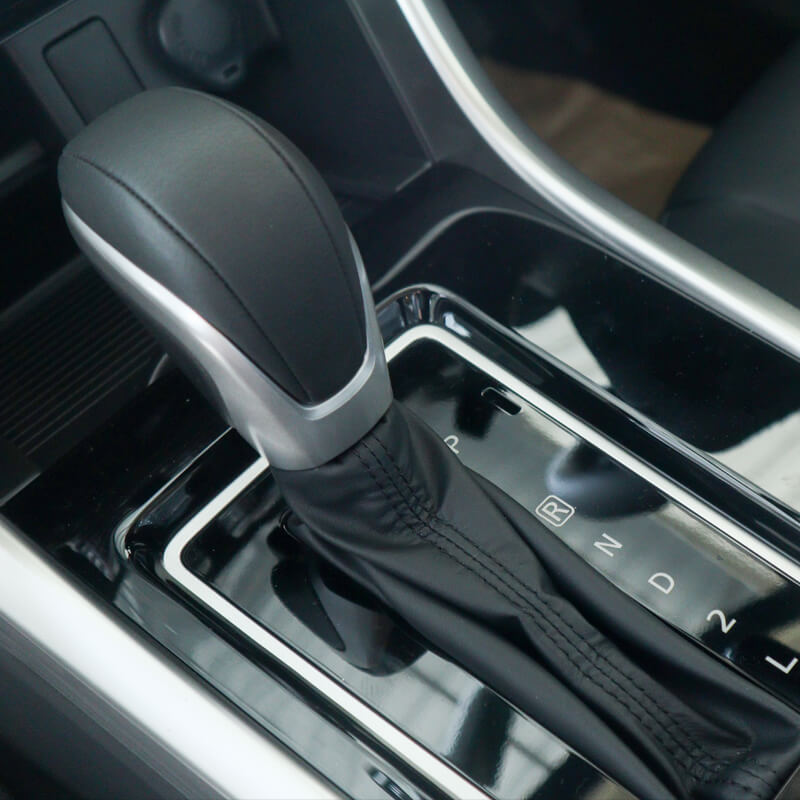What are Clean Air Zones and why do they matter?

Air pollution is a huge environmental and public health issue that affects everyone around the world
It is caused by many factors, including industrial processes, transportation, and energy production.
In response to this pressing issue, many cities have introduced something called Clean Air Zones (CAZs) in order to minimise the amount of pollution in the air.
Many of us don’t know what CAZs are, how they work or what they mean; so we are here to help!
What is a Clean Air Zone?
This is a designated area where measures are put in place to reduce air pollution. These zones target areas with higher levels of pollution, mainly city centres and busier roads. There are different types of CAZs, including:
- Charging CAZs: This type of zone charges drivers of high-polluting vehicles to enter. The point is to try and discourage people from using cars that contribute highly to air pollution.
- Non-charging CAZs: These zones do not charge you to drive through, but may sometimes have other measures in place to reduce pollution, such as incentives for using public transport or cycling.
- Ultra-low Emission Zones (ULEZs): These zones restrict access to a lot of high-polluting vehicles, including those that don’t meet emission standards. For example in London, ULEZs have been introduced to tackle the city’s air pollution problem.
How do CAZs work?
Some common measures include:
- Charging high-pollution vehicles to enter.
- Restricting access to high-polluting vehicles.
- Encouraging alternative ways of transport; public transport, cycling, or walking.
- Offering incentives for low-emission vehicles, like free parking or reduced tolls.
Where can you find a CAZ?
There are a number of cities around the UK already using CAZs, including London, Birmingham, Bath and Bristol.
If you’re unsure how to spot if there is a CAZ local to you, or on an upcoming planned route, there are a few ways to check.
- Check online. Most cities that have implemented CAZ will have information about the zone on their local government website. This should include maps of the zone and details of any charges that may apply.
- Use a mapping app. Apple maps, Google maps or Waze will show you if your route passes through a Clean Air Zone. In your apps settings, you can select the option to show these kinds of routes.
- Look for signs. In some areas, there may be signs at the beginning of the zones to indicate that you are now entering it. Some signs will also show any information regarding charges or restrictions that apply.
Why do they matter?
Having CAZs in place is very important for tackling air pollution and making a change in climate change. The benefits include:
- Improved air quality: CAZs can help improve public health and reduce the risk of respiratory problems, heart disease and other health issues.
- Reduced traffic congestion: Encouraging the use of public transport and cycling will help reduce traffic in busier cities.
- Economic benefits: Clean Air Zones can also have many economic benefits, like reducing healthcare, and increasing productivity due to healthier workforces.
- Climate change mitigation: By reducing greenhouse gas emissions, CAZs can also contribute to global efforts to mitigate climate change.
Clean Air Zones are an important tool for tackling air pollution and improving public health. They work by targeting areas with high levels of pollution and implementing measures to reduce emissions from high-polluting vehicles. By improving air quality, reducing traffic congestion, and providing economic benefits, Clean Air Zones are an important step towards creating healthier, more sustainable cities.
Please note that Clean Air Zones can have different restrictions and charges depending on the type of vehicle you’re driving, so it’s always best to check the specific details of the zone in question. By taking the time to check, you can avoid any unexpected charges or fines and help to reduce air pollution in your city.


